As you fundraise for #zeroLRA this season, we want to make it as easy as possible to explain to others what their money is funding. The programs listed below are the ones that our International Programs Department, in conjunction with our offices and partners on the ground, say are the most effective in facilitating the safe escape and rehabilitation of former LRA combatants. Money fundraised for #zeroLRA will keep these programs (and many others in our four-part model) going until we see an end to the war.
As you talk to people about #zeroLRA fundraising, use this document to explain Invisible Children’s programs and highlight specific success stories. Print it out, hand it out, shout it out.
+ + + +
Early Warning Radio Network
What it does: The Early Warning Radio Network is a series of high-frequency, two-way, long-range radios that connect communities throughout DR Congo and Central African Republic. Why are these radios necessary? These radios enable communities to report LRA activity to one another while also alerting security and humanitarian groups who can provide vital services when the LRA attack. In some remote parts of central Africa, where the infrastructure is very weak, these radio towers are the only way for communities to receive life-saving information and warnings.
How it has worked: The Early Warning Radio Network was created in response to an LRA massacre in December 2009. In the attack, the LRA killed more than 320 people in 4 days, attacking 10 villages across a 65-mile distance. Because there were no communication systems in these villages, these communities had no way of receiving advance warning, thereby allowing the LRA to freely attack. We know this radio network is working because communities have been able to prevent massacres like this ever since.
How much it costs: An HF radio tower that allows a remote community to get early warnings about nearby LRA attacks costs $20,000.
+ + + +
“Come Home” Fliers
What it does: These “Come Home” fliers – which we air-drop over LRA territory – are an extremely effective way of sending “come home” messages and escape instructions directly the LRA. Because most fighters have been abducted into the army by force, many of them want to escape but fear being killed or rejected by the communities they return to. In four different languages, these fliers depict pictures and testimonies of their fellow combatants who have safely escaped, maps, and instructions regarding safe reporting sites.
How is has worked: These fliers have resulted in many success stories, but one of our favorites to tell is the escape of Joseph Kony’s former “wife.” At age 16, a young girl was abducted by the LRA and given to Kony as one of his forty “wives.” After enduring violence and brutality at Kony’s hand for three years, the girl mustered the bravery to flee after seeing an Invisible Children “come home” flier in the bush. The flier reassured her that, once she escaped, she would be met with safety, protection, and acceptance.
How much it costs: Air-dropping 25,000 fliers over the LRA costs $25,000.
+ + + +
“Come Home” Radio Broadcasts
What it does: Much like a flier drop, messages transmitted throughout FM radio in DR Congo, Central African Republic, and South Sudan deliver “come home” encouragements and reassurances of safety. Invisible Children works with partner organizations and civil society leaders to collect and broadcast “come home” messages from former LRA combatants. Through detailed instruction, these messages act as a liaison to those still held captive by the LRA.
How it has worked: According to a study done by Conciliation Resources, 89% of LRA escapees cited “come home” messaging as their primary reason for escape. As the LRA divide and spread across wide regions, radio is one of their sole sources of communication. By blasting these messages to the LRA commanders with access to radios, we are speaking to their homesickness (these messages, spoken in Acholi, are the Ugandan commanders’ only link to Uganda), their weakening internal forces, and their desire to stop fighting.
How much it costs: One week of “come home” broadcasting costs $1,000.
+ + + +
Helicopter Speaker Broadcasts
What it does: After recognizing that LRA commanders can prevent their abductees from hearing radio messages or picking up fliers, partners on the ground discovered a new way to deliver come home messages and escape instructions that no one can stop. By mounting speakers on helicopters, the helicopters hover over identified locations of LRA combatants and project speaker broadcasts with carefully worded messages, sometimes recored by previous escapees.
How it has worked: This is a highly effective program because even if fliers and radios are forbidden, the LRA cannot help but hear the messages from overhead. According to Raise Hope for Congo (a campaign of the Enough Project), the second day of helicopter speaker broadcasts resulted in two escapees from CAR, who were motivated to escape after they “heard the voice from the sky.”
How much it costs: Each helicopter broadcast costs about $500 per trip.
+ + + +
Safe Reporting Sites
What it does: Safe Reporting Sites are locations where the LRA can safely surrender. Members of the LRA learn about these secure locations through fliers, FM radio broadcasts, and speakers mounted on helicopters. The messages assure the LRA that they will be peacefully accepted at designated safe reporting sites. Once they surrender, a member of the community uses Invisible Children’s communication equipment to arrange for the escapee to return home. Safe transport is then facilitated by counter-LRA forces.
How it has worked: Last November, five individuals – some of them teenagers – escaped into Mboki, the first established Safe Reporting Site. Three girls and two boys had been abducted by the LRA as children, but after seeing an escape flier that told them exactly how and where to escape, the five followed the instructions and traveled to Mboki, where they were safely received.
How much it costs: Making a community into a designated safe reporting site costs $20,000.
+ + + +
The Rehabilitation Project
What it does: The Rehabilitation Project provides holistic care for children who have been abducted by the LRA and have suffered high-levels of trauma. Invisible Children has partnered with local leaders and international rehabilitation experts in northeastern DR Congo to develop the region’s first rehabilitation center for children affected by the LRA. The facilities are equipped to serve 150 children at any given time, and the program is designed to serve children for six-months before they are reunited with their families. The center’s activities focus on preparing children for successful reintegration into society by seeking to restore their mental health, equipping children to return to school, or, if beyond school age, learning a marketable skill to be used in the workplace. For all participants, a main portion of the activities focuses on teaching children to cope with and understand their trauma.
How it has worked: In August, a 25-year-old man named Opondo escaped the LRA after seeing an Invisible Children “come home” flier. After being abducted by the LRA at age 10 and held captive for 15 years, Opondo went to a rehabilitation center in Uganda to receive treatment for the trauma he endured. Though Opondo took a quick break from the rehabilitation center to visit his hometown, he will soon return to the center to complete his counseling and occupational skills training over the next three months until he is ready to move home permanently.
How much it costs: Rehabilitation services in northern Uganda costs $5,000 per escapee.

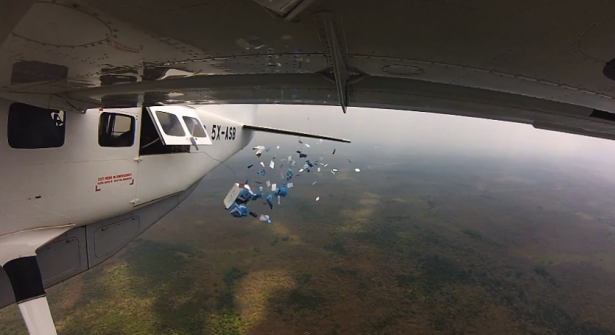
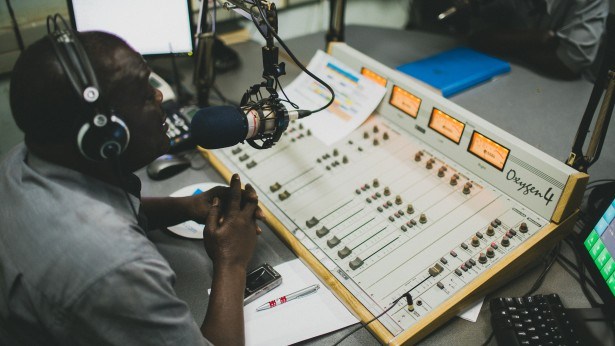
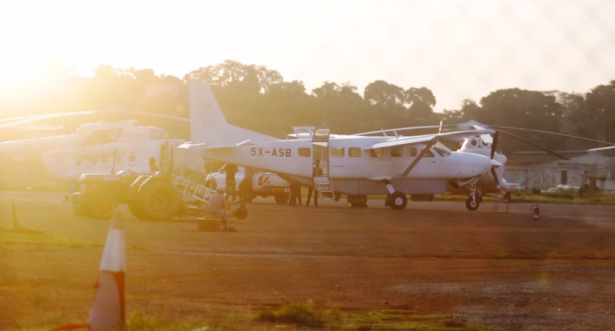
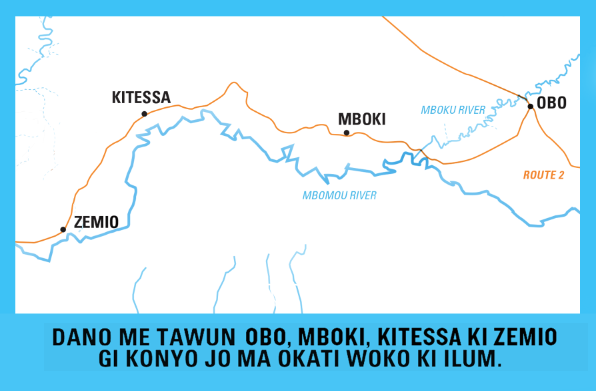
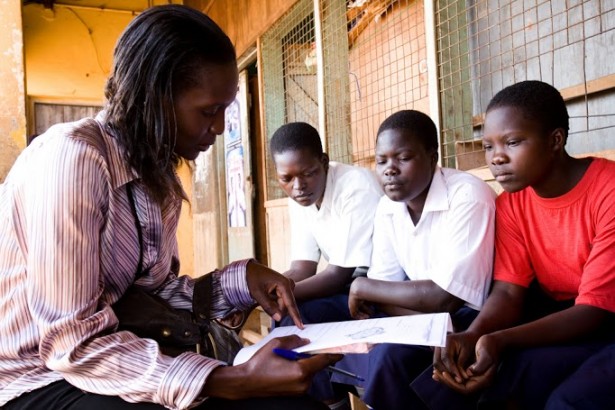
Think people should hear about this?